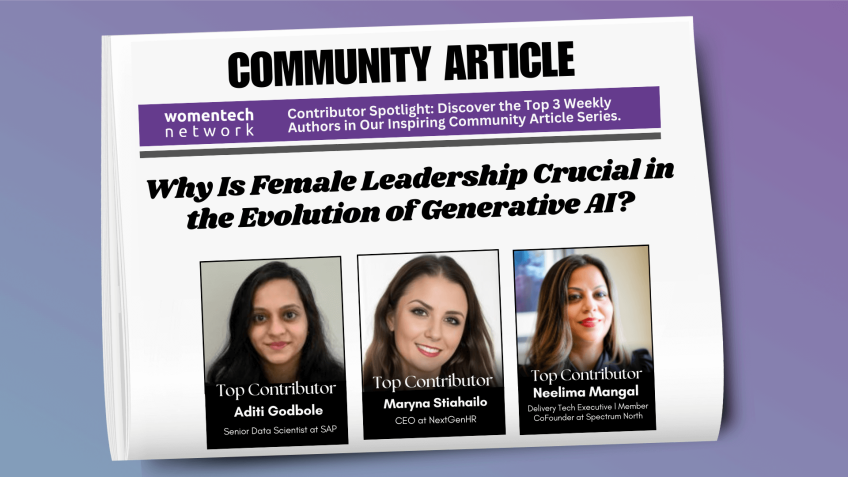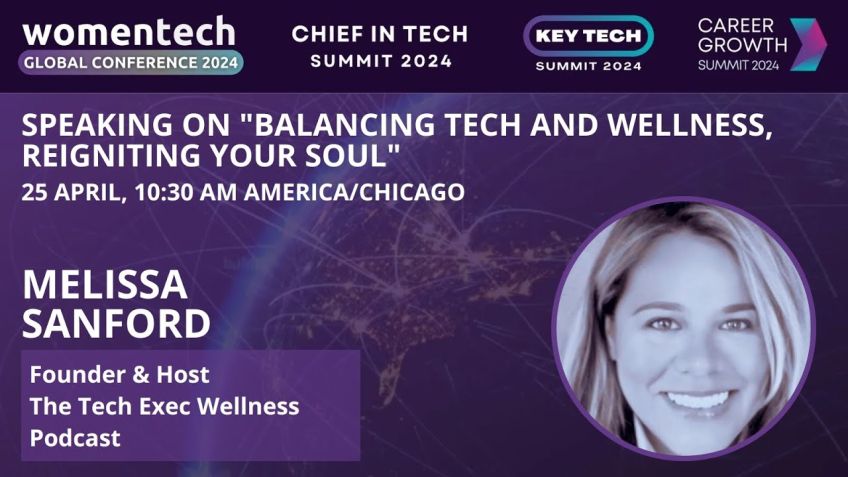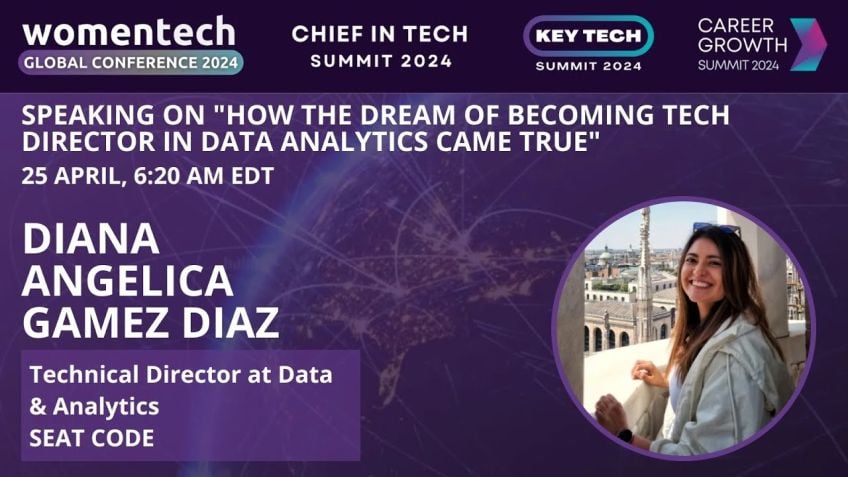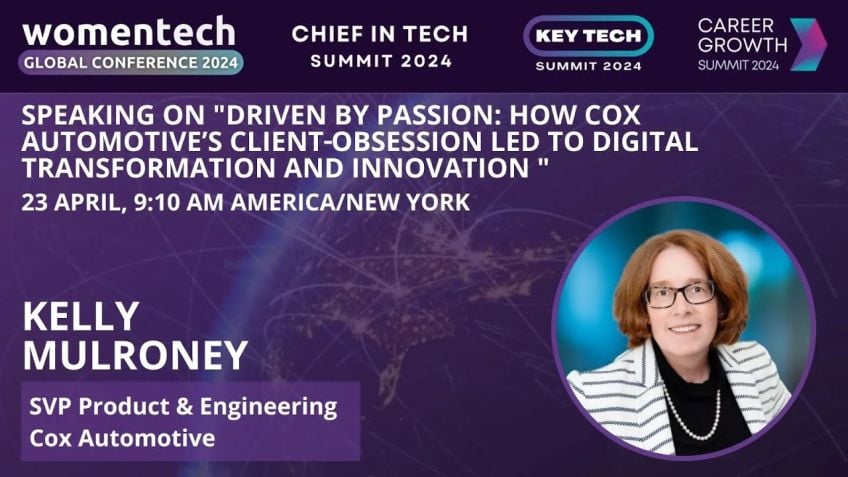Voice as Data: Why Customer Complaints are the Key to Solving Systemic Issues
Voices as Data: Leveraging Customer Complaints to Solve Systemic Issues
Written by Marsha Tal, CEO of T Solutions and the founder of Positivity Tech.
Introduction
In today's business landscape, finding overlooked opportunities for strategic growth is crucial. I believe that the key lies within your customer complaints. My experience leading the Global Decision Management Organisation at Citibank and developing Positivity Tech, an intelligent platform that utilizes human insights and advanced technology, has solidified this belief. Today's topic: why customer complaints are critical for addressing systemic issues.
Understanding the Power of Voice
A piece titled Lost Voices performed by Daria Simpson and Scout Bosley encapsulates the power of voice. It intertwines narratives of racial awareness, gender inequality, and social adversities. This piece reminds us to raise our voices and value the voices of our customers. Inside these narratives, especially the negative ones, are numerous opportunities for action.
The Limitations of Traditional Interaction and the Importance of Comprehensive Analytics
- Current Limitations: Most businesses currently only use customer interactions in a transactional manner. Once a customer complaint is resolved, the conversation ends. What we're overlooking is the invaluable data contained within these conversations. For example, in the United States alone, there are hundreds of millions or even billions of conversations happening between businesses and their customers every year.
- Positivity Tech's solution: We address these environmental risk drivers by proactively analyzing customer conversations. Using advanced tools such as AI, machine learning, and other predictive analytics methods, these conversations are transformed into high-value data, predicting potential issues and allowing businesses to develop more strategic responses.
How to Predict and Respond to Customer Frustrations
Whether it's dealing with potentially lost customers, looming lawsuits, or potential regulatory fines, being able to identify these situations early can save a business from significant fallout. One tool we developed is the Bias Index, an AI solution that helps companies identify and prevent perceived bias and discrimination based on customer narratives.
Income Level and Customer Experience
Our data suggests that there is significant consistency in customer frustration across the income spectrum, with the majority of complaints falling within the $35,000 to $100,000 annual income range. However, the type of products customers complained about varies significantly with income level.
Actionable Steps: Leveraging Unintended Consequences of Business Policies
- Use Your Data: Your company is filled with data from various customer channels. Aggregate this data and use it to identify potential issues.
- Link Complaints to Policies: Connect customer frustrations with specific business policies and practices. This will allow you to prevent regulatory fines and improve customer retention.
Concluding Notes
The concept of "noise" — unwanted variability in judgments which ideally should be identical — is something businesses should strive to minimize. By using the data we already have, we can achieve uniformity and fairness in our responses. Respecting and listening to our customers' voices as truth is pivotal for solving systemic issues, allowing us to turn negatives into positives.
For further discussion, questions, or comments, feel free to reach out through our chat option. Thank you for your time, and remember : Your customer's voice is your most valuable asset.
Video Transcription
Again, my name is Marsha Tal and it's a pleasure to be here with you today. Before I begin, I'd like to give you a little bit of background about me. I'm the CEO of T Solutions.The founder of Positivity tech, positivity Tech is an intelligent platform that combines human insights and advanced technologies to uncover and enable the strategic growth opportunities that are hidden inside of your customer complaints. Before that I was um spent my career at Citibank and I had founded the Global Decision Management Organization and led it across 30 markets. Our topic for today is voice as data. Why customer complaints are the key to solving systemic issues? We're gonna begin with a spoken word piece. This piece is called lost voices with Daria Simpson and Scout Bosley, which I picked out from youtube. As you listen, I believe this is a very powerful piece. As you listen. Think about the power of voices.
The first day I realized I was black, it was 2000. We had just learned about blacks for the first time in second grade at recess. All the white kids chased me into the wood, chanting slave. My mother said, I refused to come out for three hours, said she thinks I was lost in the trees. But I just needed to be closer to my roots.
A woman having a boyfriend is a battle. If 70% of us are abused in a lifetime. What is the number of men doing it? The answer is not one man running faster than light to complete a mission. And that is what leaves me sick.
The second day I realized I was black was in a gas station. I only had 25 cents. So I searched what to spend it on the cashier floated from aisle to aisle. I fixed on my hands. That was the first time I realized
skin color was a crime. My body has become cause to write legislation, calls for ass snacks in the back of a class. My body has admitted everything except respect. I've been asked, what makes you feel unsafe? And I struggle not to yell
everything. The third day I realized I was black was in an all-white cafeteria. I gathered my legs under me made rockets on my feet and approached a girl. She told me she was not into my type of guy. I felt the words, she dagger into my melanin. I have never wanted to disappear so bad as
a woman, I've learned to answer to everything except my name. Little lady is not said to me equal but to make sure I remember my place I battle between one to own my body and accepting. There's a one in four chance a man will lay claim to my skin. A plot of land for the taking.
The last day I realized I was black was in an elevator in California to the white woman that told me she knows what it feels like to be black because she grew up poor. I would tell you, I think before you speak, but your mind has got to be bacteria infected. And then he filtered through that labyrinth of nothingness might be worse than no thought at all.
There's a group of women going around the room sharing their personal definition of feminism. He is the only man in the room and all of a sudden the tone switches to destroying the paycheck by annihilating all
men. Do you know what it feels like to be black to pop, lock your way in and out of hugs. It is not a problem. You want to sympathize. But to tell you my pain is to stab yourself in the leg because you saw me get shot. We have two different wounds and looking at yours does nothing to heal mine. Never
will. I turn away an
ally. But when a man speaks on my behalf, that only proves my
point. Movements are driven by passion, not by inserting yourself dominant by a world that already puts you there, you speak up, you only fathom because we told you it was there. You know nothing of silence until someone who cannot know your pain tells you how to fix it every day is a crucifixion. When there is no regards for lines crossed, I
fight to my voice can be heard. I fight for the voices. You silence all in the name of what is right. But the problem is you
assume the struggle is attached to a social class. I am black and bold and beautiful by nature. Ain't no income that can change that.
The problem with speaking up for each other
is that everyone is left without a
voice. How powerful is that? This reminds me over and over again as I listen to it all the passion that I feel about why it's so important for all of us to use our voices to raise our voices and as business people to understand that your customer's voice is your most valuable asset. Customer narratives sit inside of our business. They're often unused, they're ignored, they reveal great opportunities for action. So how are our customer narratives and negative narratives custo customer complaints used today? They're used in quite a transactional manner which is important.
It is very, very important to be able to respond and resolve issues for each and every one of our customers. However, as that conversation ends, the conversation itself though is a piece of information. And if we think about the hundreds of millions or billions of conversations that take place in the United States alone between our organizations and our customers. It's just so, so significant. So scalable, there are more than 6 billion high risk customer conversations a year that are out there to be ingested and analyzed. A typical business will hear only from 4% of their dissatisfied customers. Another way of saying that is for every customer that bothers to complain.
26 others remain silent. So what do we do in positivity tech? We are trying to address all of these drivers of environmental risk by using customer conversations, we ingest them into our platform. Then we use our analytic tools, Artificial intelligence, machine learning, all types of predictive analytic methods.
And we identify those interactions that represent high risk, all kinds of risk, all kinds of pain points that as business a again in our businesses, we try to avoid some examples of severely frustrated customers might be those that are going to be closing their relationship with you, those that are gonna choose not to pay you, those that are gonna choose to sue you, those that a regulator might pick up upon and choose to find you and those where your customers actually feel that they were discriminated against.
We can identify all of these types of customer interactions. And at the same time, we monitor the industry, we monitor industry complaints. We like to understand how your, how your complaints compare with other companies, either like you or different from you ultimately aiming to predict all of these types of problematic conditions and allowing you to prioritize your business actions where they matter the most. So, let's talk about a couple of examples this past year, right, we actually were able to ex to really understand by listening to customers the relationship between health and finances. As we all understood during this pandemic, we said it's a health crisis, it's an economic crisis, it's a social crisis. Actually, our customers are telling us this all in an interconnected way when they have issues that they are raising. And as a person that spent her entire career in financial services can tell you that I know that the state of your health absolutely impacts your finances. Let's look at an extract from a complaint that went to a government regulatory body. I was admitted to the hospital. Now it talks about not only did they have again crossed out for privacy, but they were in the hospital for a long time, they lost their job and they were able to be to get a payment deferral program, right?
And however, during the time that they were in this payment deferral program, there must have been an error. They got a credit alert, they were reported as past due. And we understand that as a result of that, probably their credit scores went down. So as we think about these problems and the interconnectedness that our customers share with us about everything that's going on. Let's look at where the biggest issues still remain rising still in 2021 within again, credit reporting. As consumers are asking for an investigation of what's taking place trouble during the payment processes and the largest area of growth struggling to pay your mortgage. One of the tools that we have is called the bias index. Recently, it was highlighted in the American banker.
It's an artificial intelligence solution and it enables companies to be able to identify and ultimately prevent perceived bias and discrimination that customers are sharing based on their words. So this is one of the first A I models that's actually only using customer narrative to be able to identify and prevent discrimination. If we look for a minute at an extract from this complaint, we will automatically understand that the words that our customers use. The conversations oftentimes we talk about conversational design, the conversations that we have and that our customers have with us. They're choosing words that are highlighted in the media. Here is one where this customer who happened to be a veteran, right? Put picked up on George Floyd's words.
Why will this particular in institution not take their knees off the necks of blank Americans, particularly my neck. I am begging to have these inquiries and you all will not let me breathe. Imagine for this particular company, if that was highlighted specifically and attributed to a company in the media, that would be a big problem from a reputational standpoint as well as from a business standpoint on the bottom, right, you can see an example of how we can compare different companies as they score with a bias index company.
A in this case rights is that has a higher bias index than a benchmark group that was created and yet higher than, than the industry. Another question we might ask is how does income level impact your customer experience? So severe customer frustrations wanted to understand, are they different by income level? How are they different? So we started to look into this and one of the things that we saw is that there is a consistency across income ranges. And you can see that if you look at the chart on the bottom, what this chart is showing is all complaints that are across the different income ranges and you can see the percentage of the customer complaints alongside the income range where the majority of the complaints are sitting between around 35,000 to $100,000 annual income.
What you will notice is how all three of these lines travel together? What that basically means is that all complaints, those that are most severe, most frustrated and those that have the highest indication of bias, all are gathering together around different income ranges. There isn't much variability.
So where is the variability? The variability is highlighted when customers begin to complain about specific products. An example of that might be a higher income customers complaining more about their mortgage, where a lower income customers complaining more about their uh debt collection.
So when you look and try to understand what's happening across customers, as they're complaining, it's important to understand income. But it's also important to understand specifically the products in this particular complaint. I chose it because I wanted you to see I plan to switch banks upon the release of my money. Basically an explicit action that a customer is taking that says they're going to leave you as a result of the issue. So how do we begin to take management action? What do we do in order to be able to identify and act upon what I call unintended consequences of business policies and practices. The first thing we have to do is use your data, you have this data inside of your organizations, your customers are talking to you through all different channels. And the idea is how to ingest it, how to aggregate it, how to use it to identify issues, predict problematic conditions, take different types of actions ultimately, so that you can prevent them from taking place. We link complaints to the specific policies and the tactics that are very specific to customer frustrations. And then we enable financial value both from preventing regulatory fines as well as improving customer retention. So in summary, I'd like to talk a little bit about this idea of noise.
What is noise, noise? Is variability. And we know as humans, there's a lot of noise, noise surrounds us. Daniel Kman just published recently, a new book called Noise. Talking specifically about this system noise that is unwanted variability and judgments that should ideally be identical can create rampant injustice, high economic cost and errors of many kinds. There is variability, variability in our customers voices also variability in the way in which we respond, we can strive to be more uniform to be more fair in our responses by actually using the data for us to be able to be more equitable in what it is that we're doing, our customers talk to us, we need to listen to them and we actually need to recognize an approach that their voices are truth.
And when we do this will be key to solving systemic issues, we can empower people to turn negatives into positives. Thank you very much. If you have any comments, I'd be more than happy to address them in from the chat. Thank you Patricia. So sentiment analysis, when I talked about customer frustration, we actually had built our own what we call severity score. The severity score is very similar to sentiment analysis. But what we learned is that the lexicons or the words that are used inside of these scores and inside of these analyses work much better if it's specific to an industry. So for example, if I'm addressing complaints in financial services, then the lexicon should really incorporate words that are used when people talk about their products, what they use with in terms of financial services. As a matter of fact, the reason that we did this is we used commercially available sentiment scores that are out there in the market. And we saw how could it be that customers that are so frustrated that they're complaining to their government regulators have such positive sentiment scores.
It just didn't make any sense. And when we started to look into it, we recognized that it was really all about the lexicon of the words that are behind the scoring, the scoring system that you use. So, um let me see if I answered your question at the intersection of GDPR. OK. So GDPR, if you, the other part that I'll say is hopefully you noticed in the complaints that I shared that all um uh pi I or um private information was redacted. So in the work that we do, as you can imagine, we don't need any personally identifiable information for us to do our work. So we ensure that it's all redacted and that the information is not at the um causing some of the complications that are a part of GDPR. I hope that answered your question, Patricia. Excellent. Anybody else? I think we have what? Maybe four minutes. If there's anybody else that has a question or comment or just anything, I hope you enjoyed the um spoken word because every time I watch it. I think it's just so powerful and I want everybody to walk away really thinking about the power of our voices and how we can actually think about voices data. Thank you all again.





